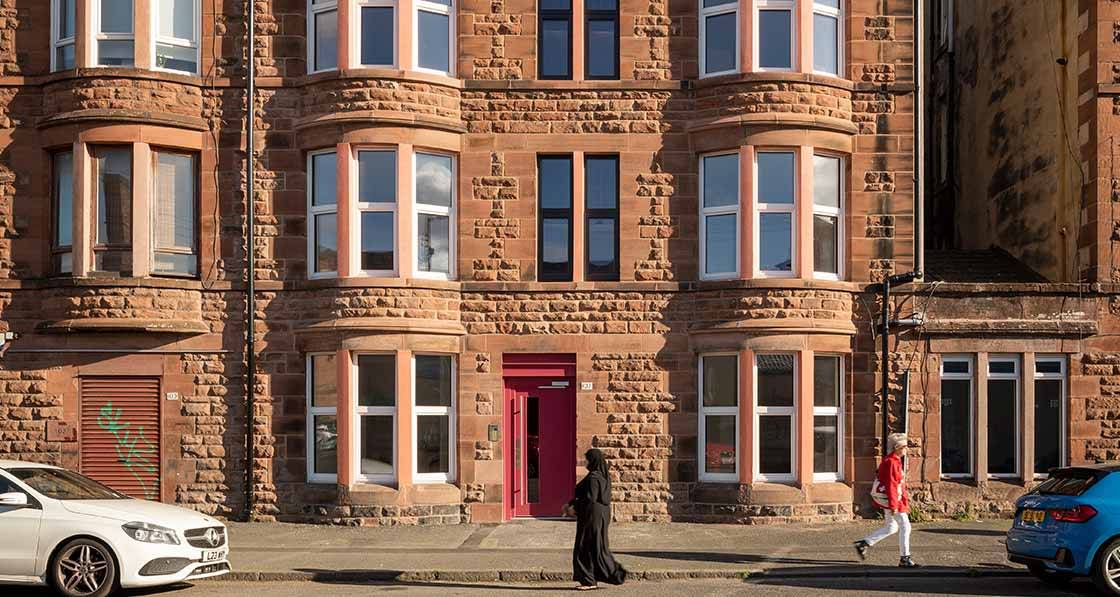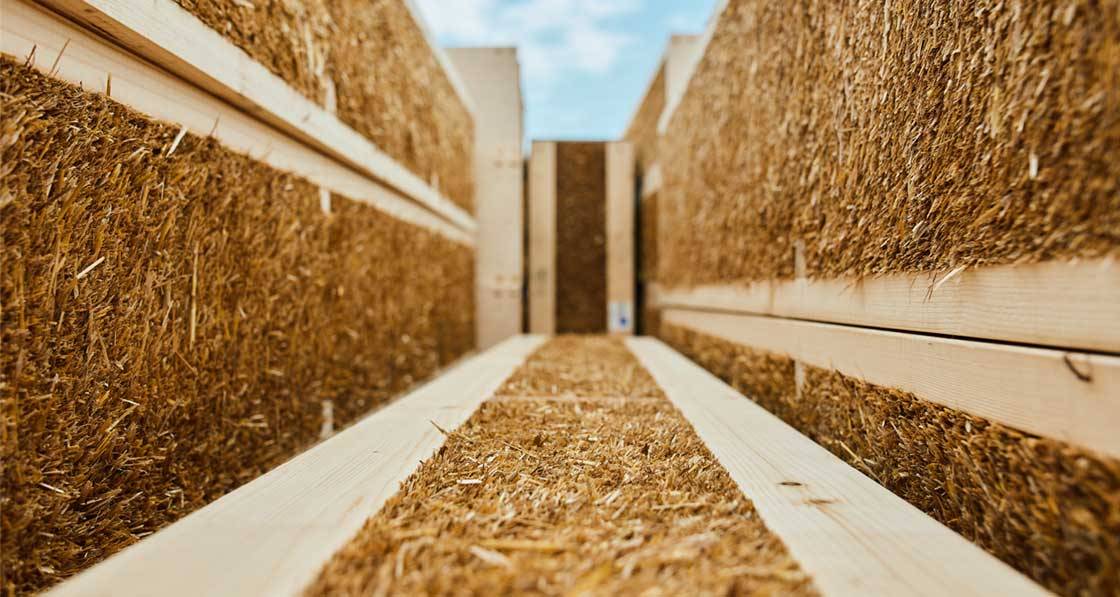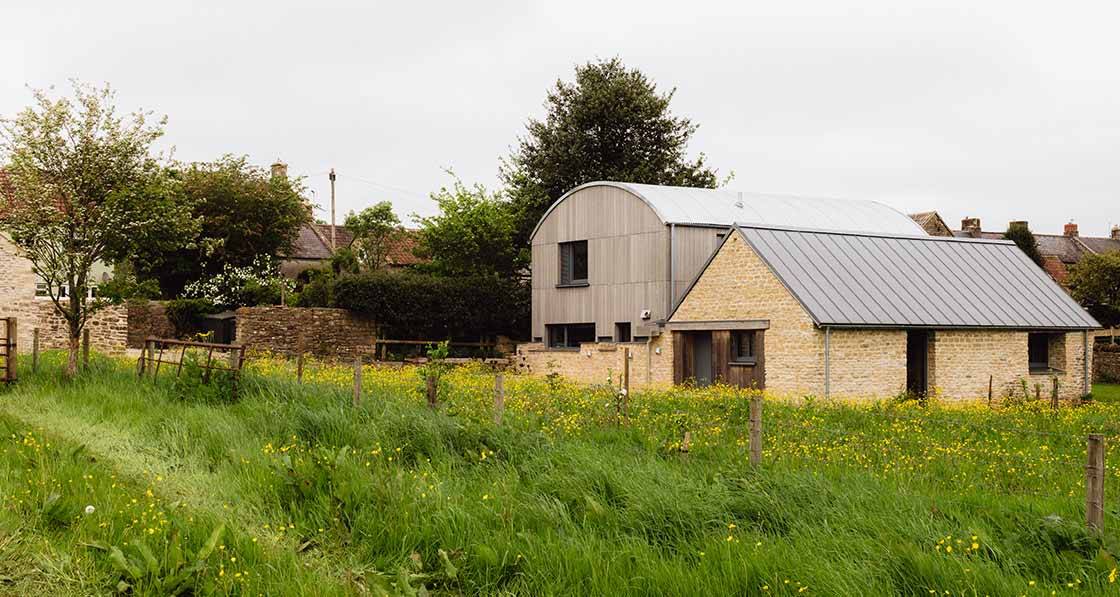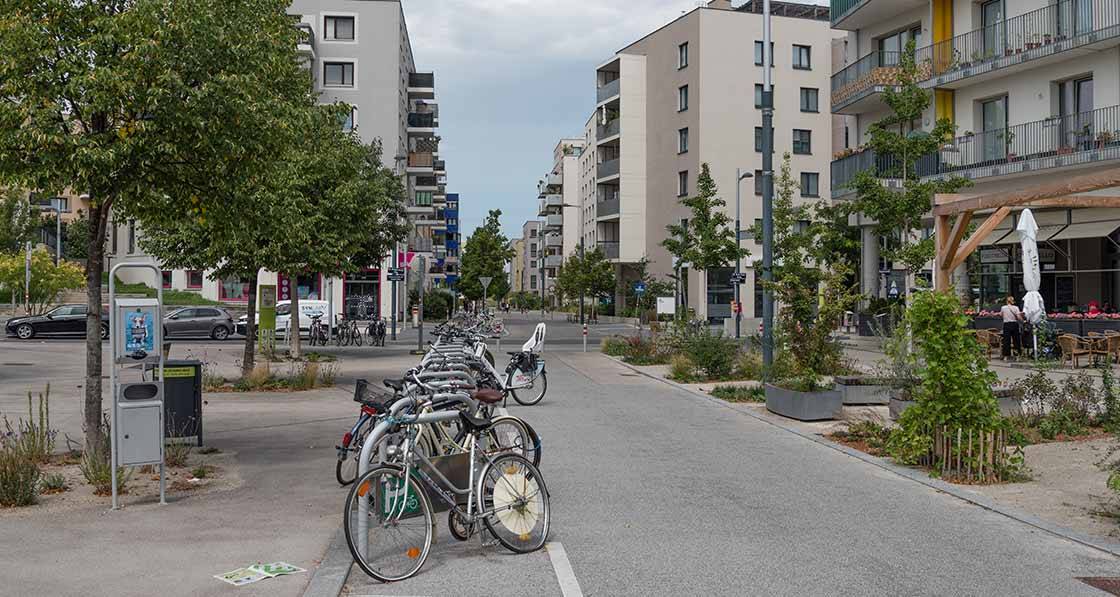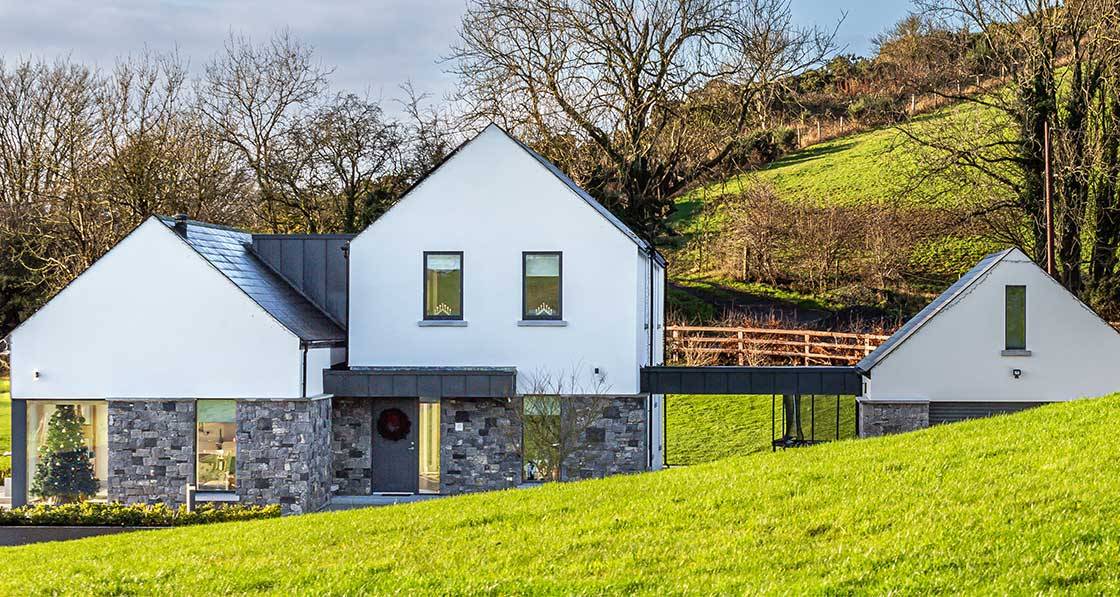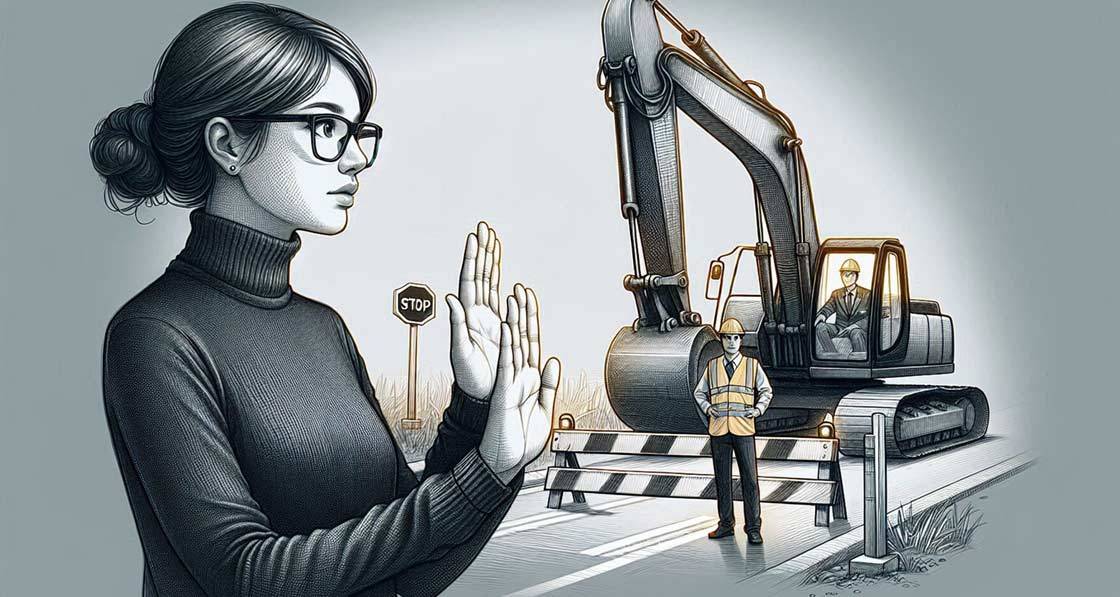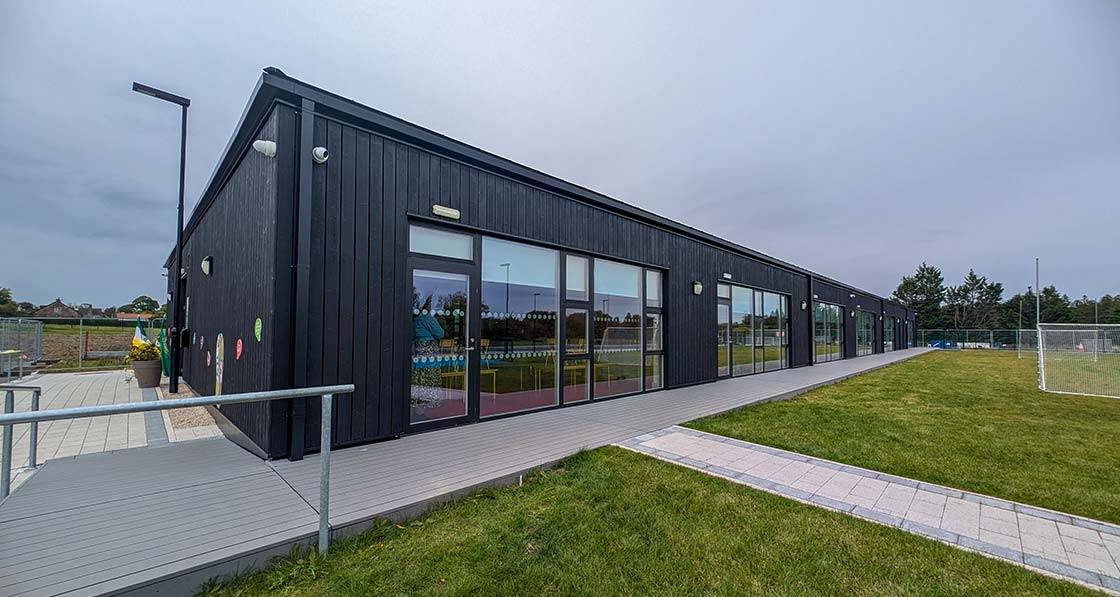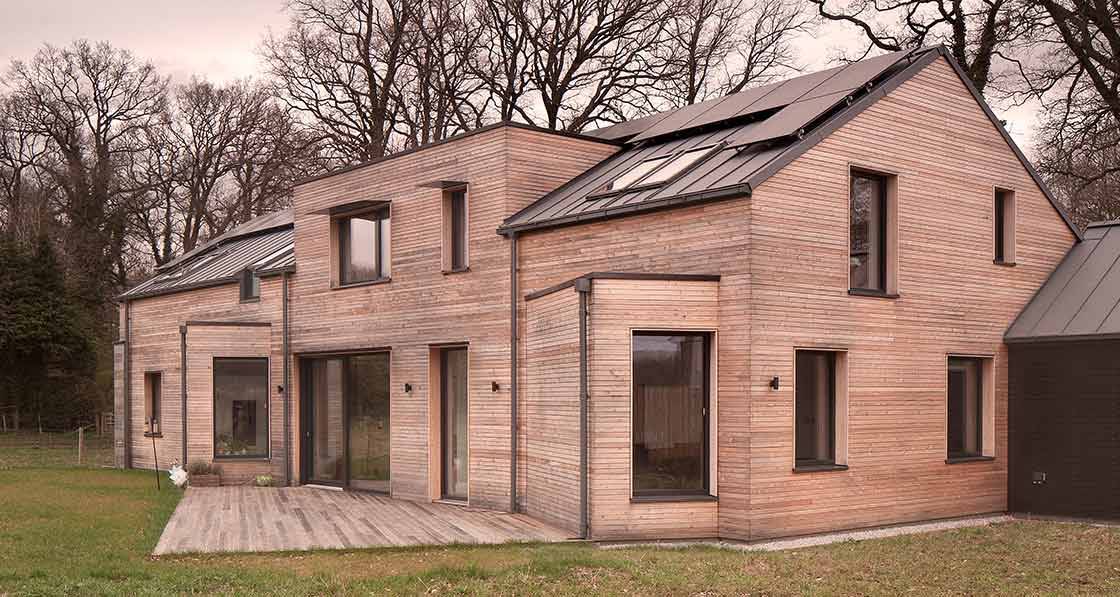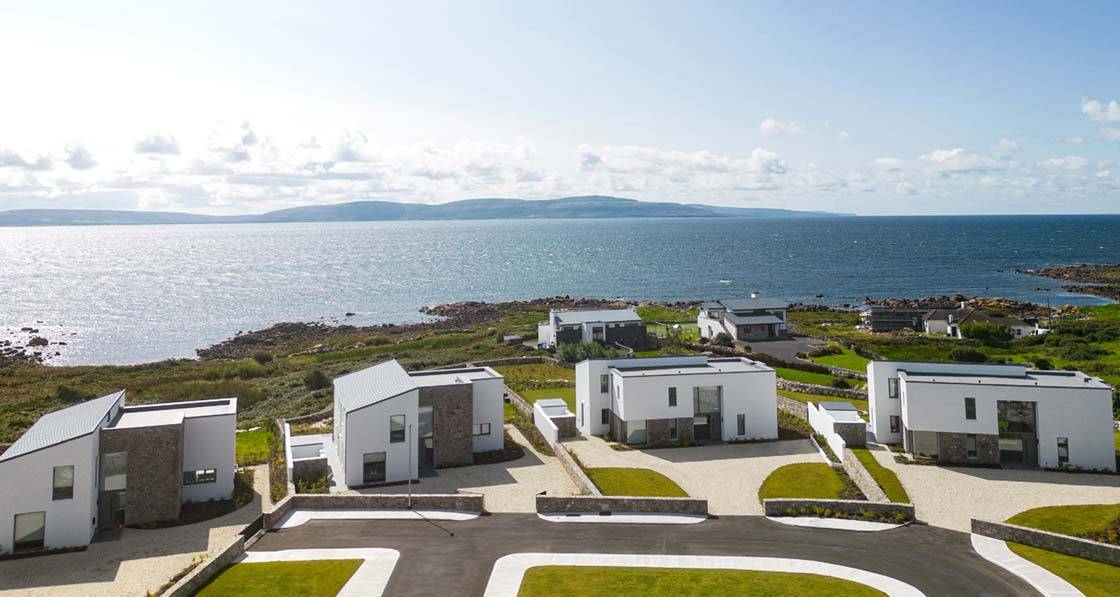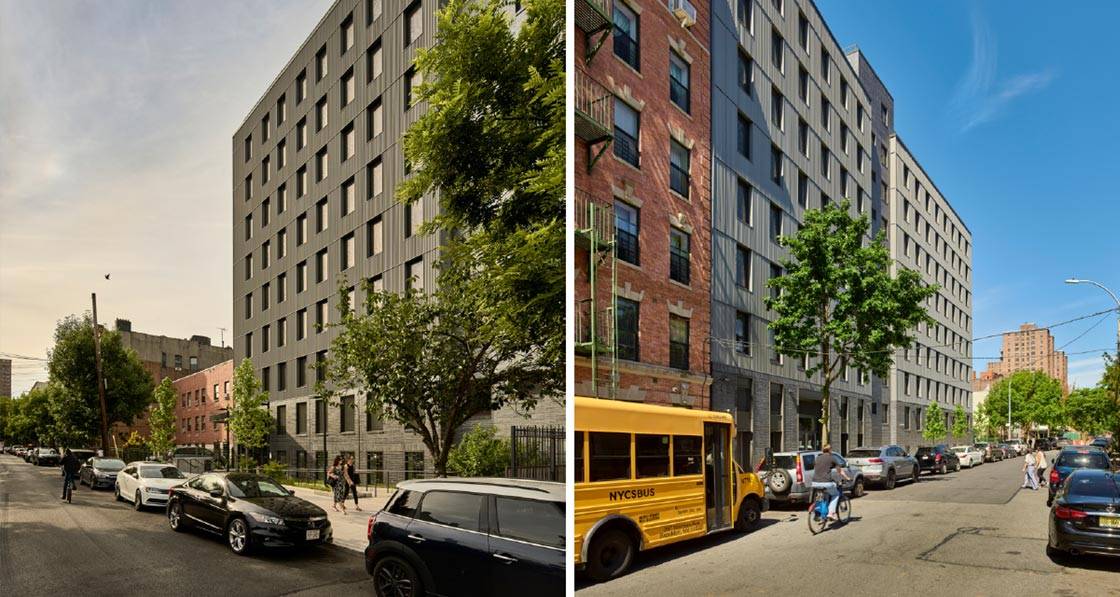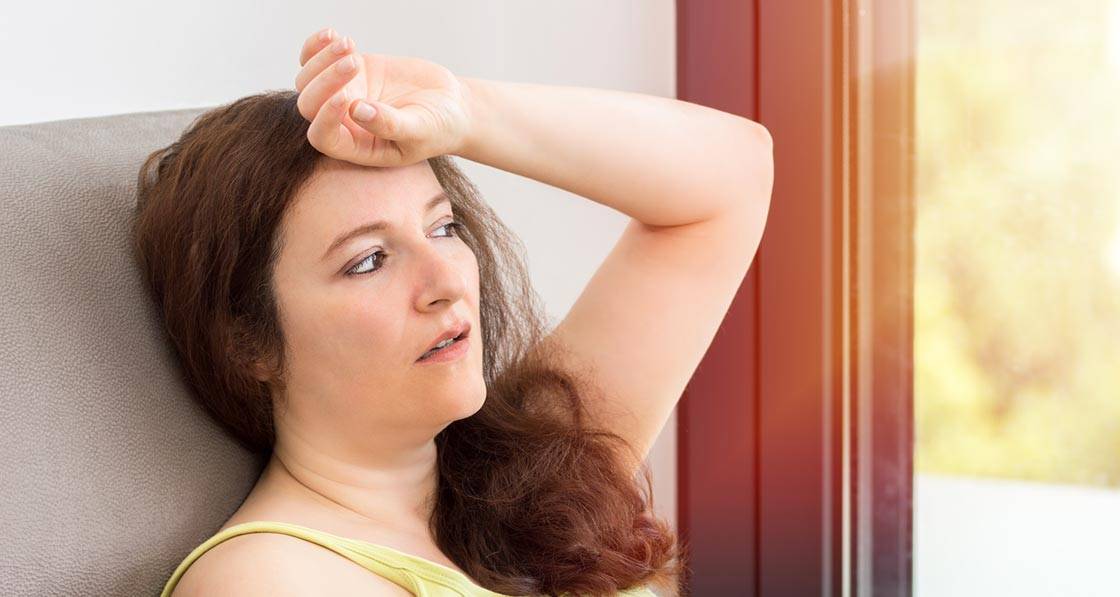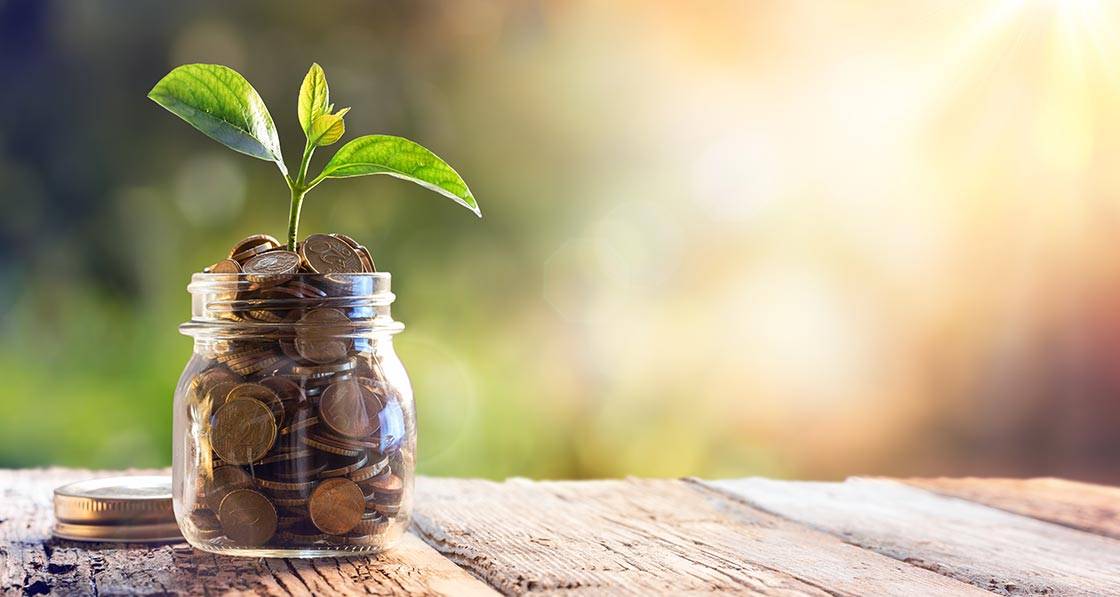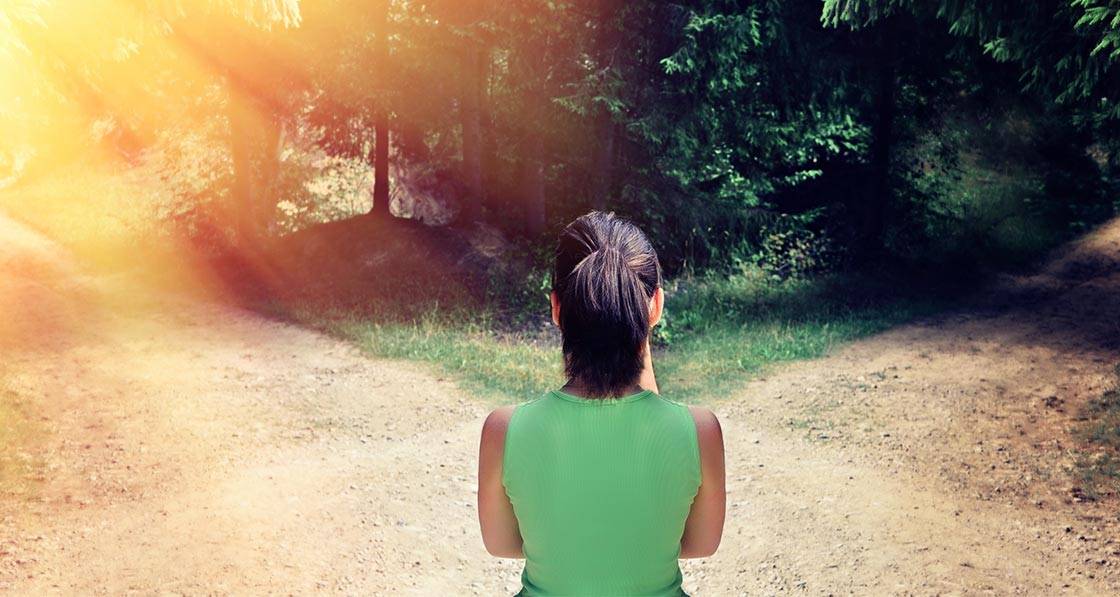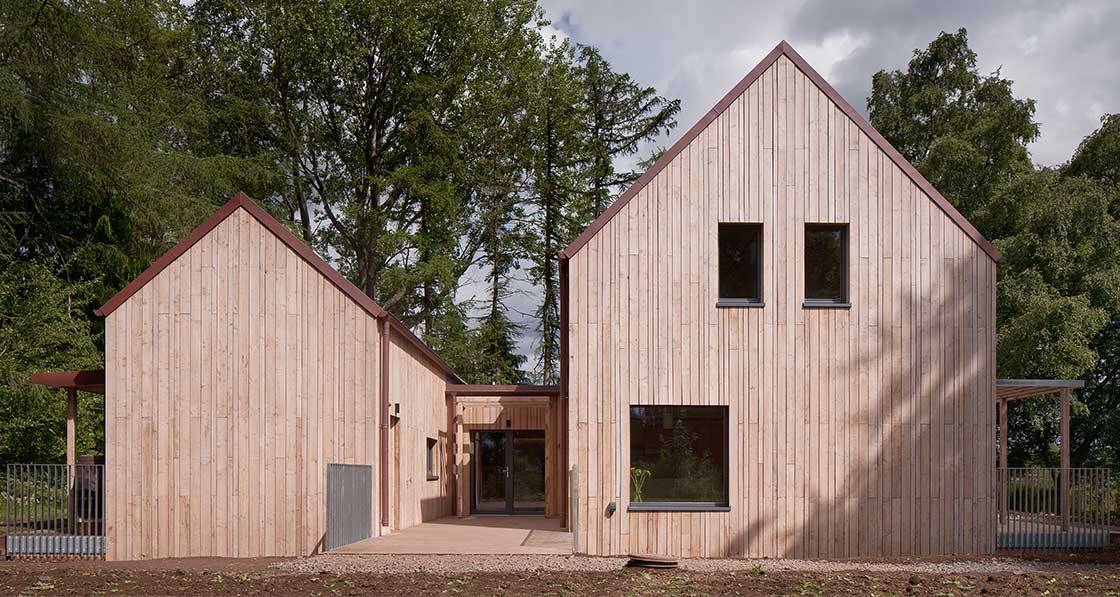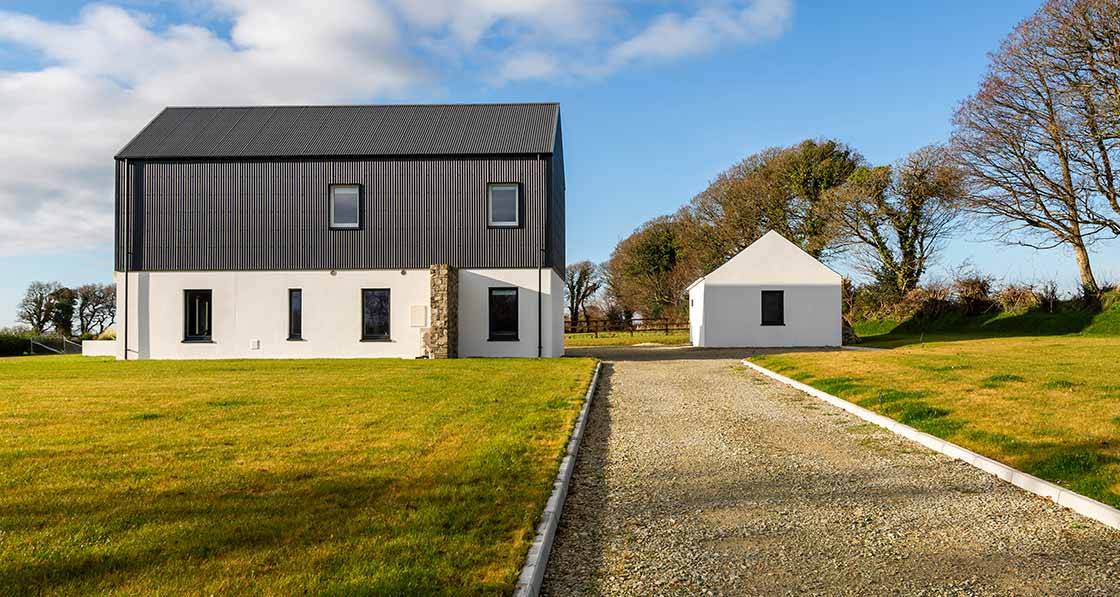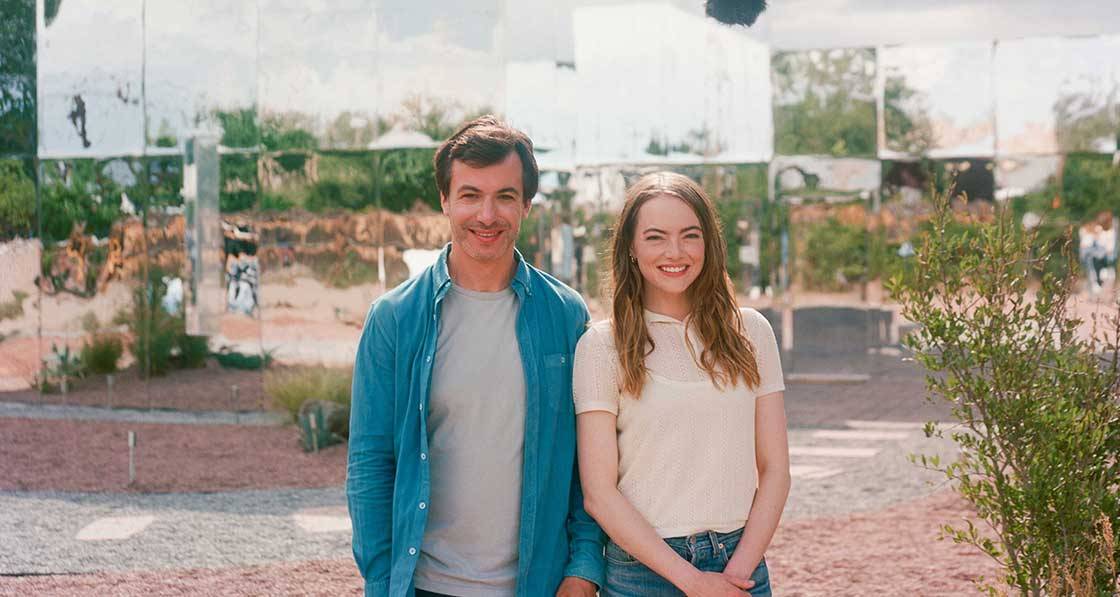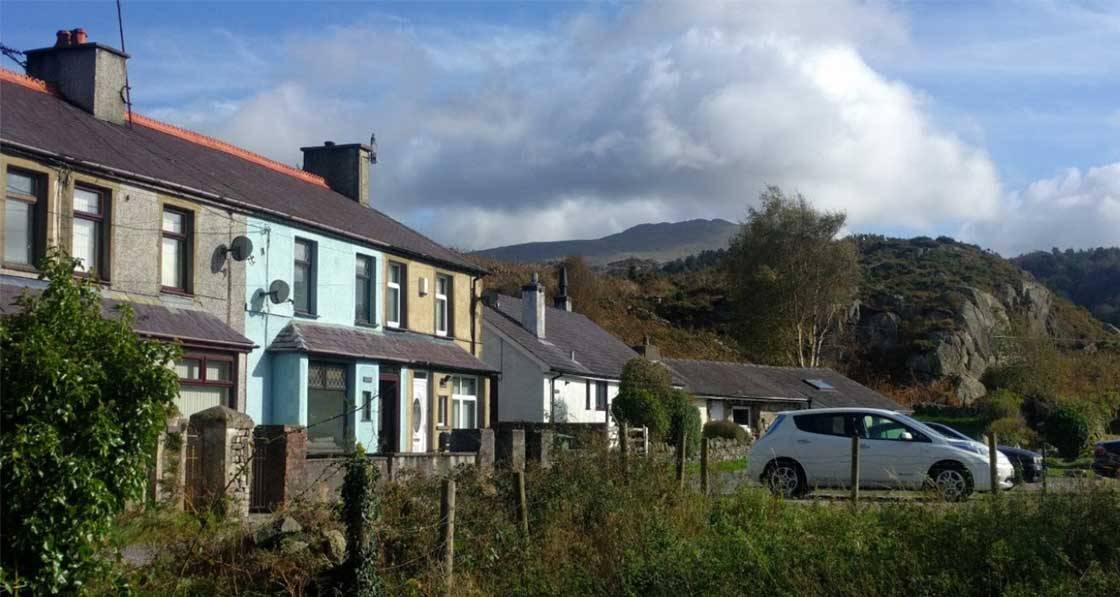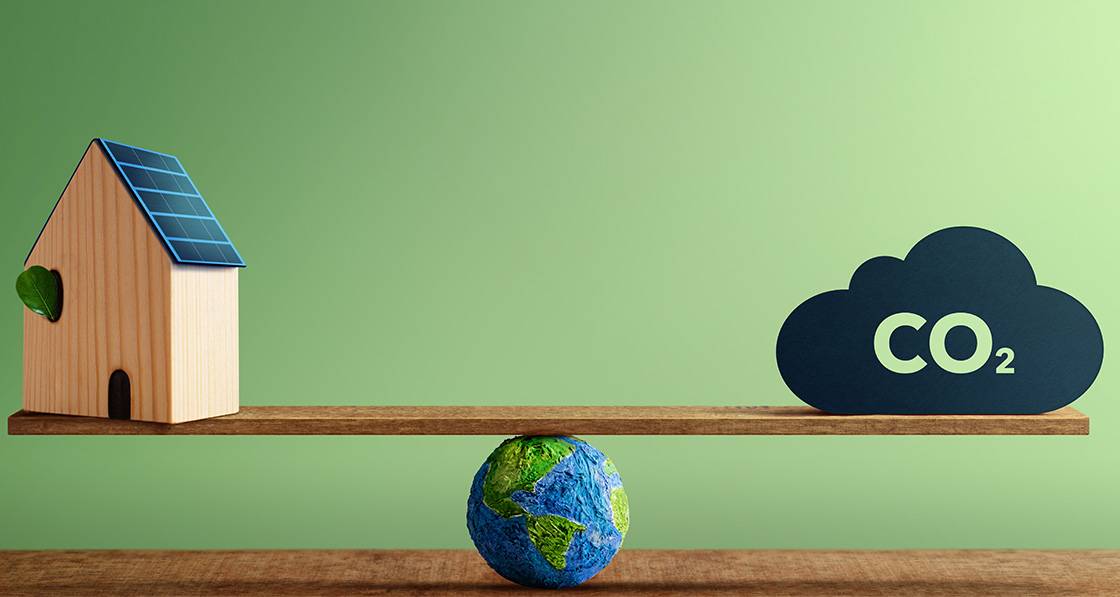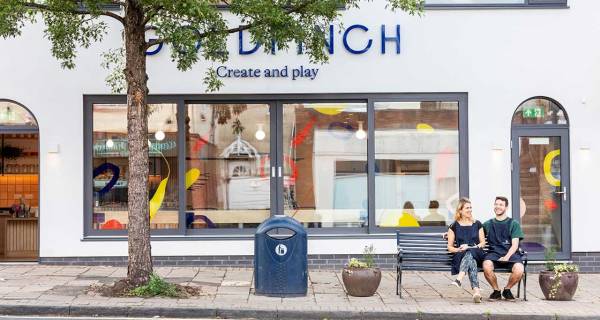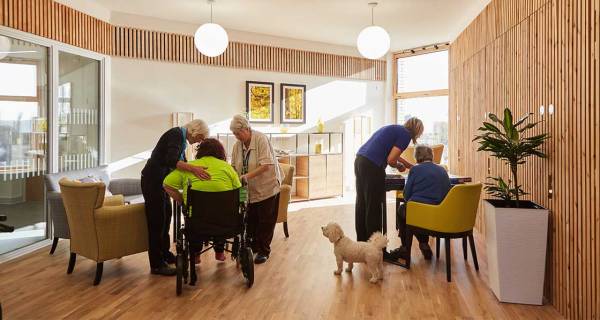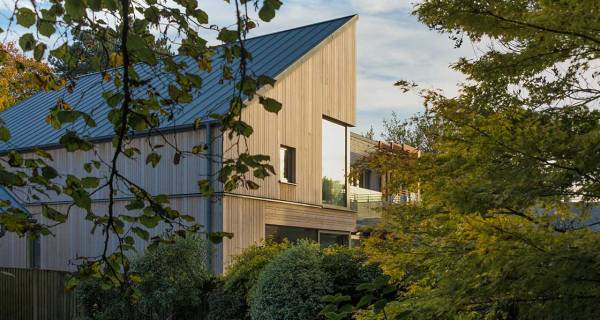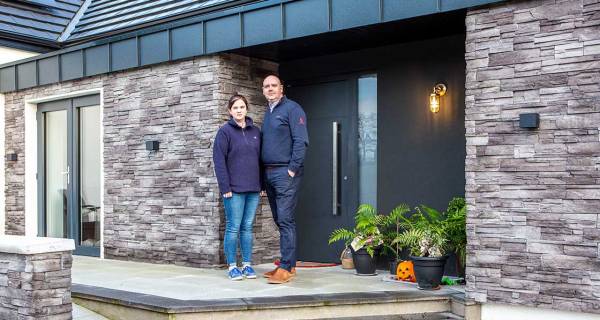Material matters - A palette for a vulnerable planet stars
In recent years, the drive to reduce the embodied carbon of buildings has led to a resurgent interest in timber and other biobased building materials. But peering into the future, if we are to think not just about carbon but also land, water, and regenerating nature, how might we build to meet our essential needs, and what might we build with?
By Lenny Antonelli and Andy Simmonds
Derelict to dream home stars
Big picture - Points of access to resilient living stars
Mike Eliason, architect, founder of Larch Lab and author of the must read Building for People, reflects on how a series of personal and global crises – from pandemic lockdowns and climate disasters to urban housing challenges – shaped his mission to bring sustainable, community-focused, and climateadaptive neighbourhoods to North America.
Storm breaker
Five years ago, a fabric first trailblazer took a dose of his own medicine – and delivered a family home that combines climate action, comfort, cost-effectiveness and resilience in the face of a record-breaking storm.
Reimagining the architect
It’s a radical idea: that to negate the environmental damage of construction, we don’t just need to build sustainably, we need to build less. However, most architects and building designers earn a living by doing exactly the opposite: by building stuff. So how can the design practice be reinvented for a world in which we need to do more with much, much less?
Pump up the volume
Forgive the 80s hip hop house reference in the headline, but the volume of the walls in this volumetric modular school building in Birr was literally pumped up – with recycled newspaper insulation. Built to passive house principles, it’s a story of one Roscommon manufacturer reimagining the role that offsite methods can play in the delivery of highly sustainable permanent accommodation for schools – while delivering exceptionally low embodied carbon results. Additional words - Jeff Colley
Just what the doctor ordered
What do you get when a clinician couple decide to build their dream family home? In the skilled hands of leading Scottish architects Paper Igloo, you get a forensically detailed, highly ecological, cosy home that wraps up low embodied carbon and passive house into a beautiful design.
Bay window
Big picture - Passive towers protect vulnerable Bronx seniors
Hot topic
Green shoots for green building
While tokenistic or poorly conceived attempts at supporting the decarbonisation and greening of buildings still abound in the finance sector, there are signs of structural changes on the horizon - changes designed to unlock widespread change. But do those changes go far enough?
Pathway to passive or road to ruin?
As governments come under increasing pressure to make real and significant reductions in energy use and carbon emissions while tackling energy poverty, interest in passive house has never been higher. But short of expecting regulators to commit to certified passive house, is there a way of adopting the key principles that make passive house work?
By Nick Grant and Peter Wilkinson
Living proof
Sometimes a building comes along that does almost too much. Passive house stalwarts Kirsty Maguire Architects’ latest opus is an award-winning architectural, engineering, and sustainability feat – which asks questions not just about how we build, but how we live.
Ace of Herts
Fancy owning an energy positive, timber-based passive house in one of the most desirable locations in England, without the hassle of having to build it yourself? A new three-house development nearing completion in Hertfordshire may be just the ticket.
Passive breakthrough
In September Cairn Homes lit the fuse on a passive house explosion, publishing a position paper on passive house and announcing the construction of nearly 1,800 apartments to the standard. But what’s behind the company’s bold move?
Airtight delight
The proof in the pudding with a notionally low energy building is in the eating. Since moving into their new passive house a little under two years ago, the Murray family’s heating costs have been scarcely believable – in a home that also blitzes the embodied carbon targets in the RIAI 2030 Climate Challenge.
Emma Stone show puts passive house up in lights
Sometimes reality is stranger than fiction. And sometimes strange but breathtaking fiction subverts reality.
In issue 47 we took a break from our normal approach to Big Picture, with good reason: passive house playing a starring role in an extraordinary US TV show.
Carbon first, fabric second
Much ado about nothing
As the world edges ever closer to the precipice of runaway climate change, some sustainability terms have moved from relative obscurity towards the mainstream of marketing and public discourse – and none more so than zero carbon. But is zero carbon construction a real prospect, or is it just wishful thinking?
Words by John Butler and Andy Simmonds
Play to win
Handled with care
If thermal comfort is important for people of all ages, it’s even more so for elderly people, for whom the right living conditions can be a matter of life or death. Passive House Plus visited one award-winning extra care facility in Exeter to learn how the decision to go passive was working out for the residents.
Home from home
Few architects are tasked with knocking their old family home, but for John Morehead, once this difficult decision was made, it was a chance to create a future-proofed new passive house that embraces its stunning natural surroundings and exhibits remarkable attention to detail.
Bungalow Bills
What does it feel like to suffer the cold, mould and discomfort of a 1960s bungalow, and experience its rebirth as a passive house? The owner of one award-winning project spills the beans.
Additional reporting by Jeff Colley

